Updated on September 14, 2025 by Angelika Klein
If you are planning a vacation in Germany - whether a weekend trip, a city break or a trip lasting several weeks - then you will probably want to visit castles, palaces and palaces. Such historical buildings are among the highlights of most European travel destinations, and especially those in Germany. However, the terms are often confusing and mixed up - especially when translated into other languages. Why is Neuschwanstein Castle called "Neuschwanstein Castle" in English? The English castle is actually a fortress - which many translators apparently don't know either. However, Neuschwanstein looks like a castle, but is actually a palace. So, what are the differences between castles, palaces and palaces? Let's get to the bottom of it.
Castles: Monuments of Medieval Fortification
Castles were widespread in Europe in the Middle Ages. They were built in strategically favorable positions, often on mountains or cliffs, and served as defensive structures against enemies. The similarity between the two words castle and mountain is no coincidence. The Germanic word "burgz" and the Germanic word "bergaz" (mountain) have a common Indo-European root. And what were the inhabitants of a castle called? Of course - citizens!
The first castles were built in Western Europe in the 9th and 10th centuries. They had defensive structures such as towers and walls, as well as living quarters and farm buildings such as stables and barns. Drawbridges and portcullises controlled access and kept enemies out. The interiors were functional and rather spartan.
The 11th to 13th centuries were the heyday of castle building, when feudal rulers and nobles built castles to consolidate their power and control their territory. Many of the most famous and powerful castles in Europe were built during this period.
The many preserved German castles and castle ruins offer insights into different eras and architectural styles. The most historically significant German castle is probably Wartburg Castle in Thuringia, which has been a UNESCO World Heritage. belongs to. It is closely linked to German history through Martin Luther (who translated the New Testament from ancient Greek into German here in exile), the Wartburg Festival of 1817, St. Elisabeth of Thuringia and the legendary war of the singers at Wartburg Castle.
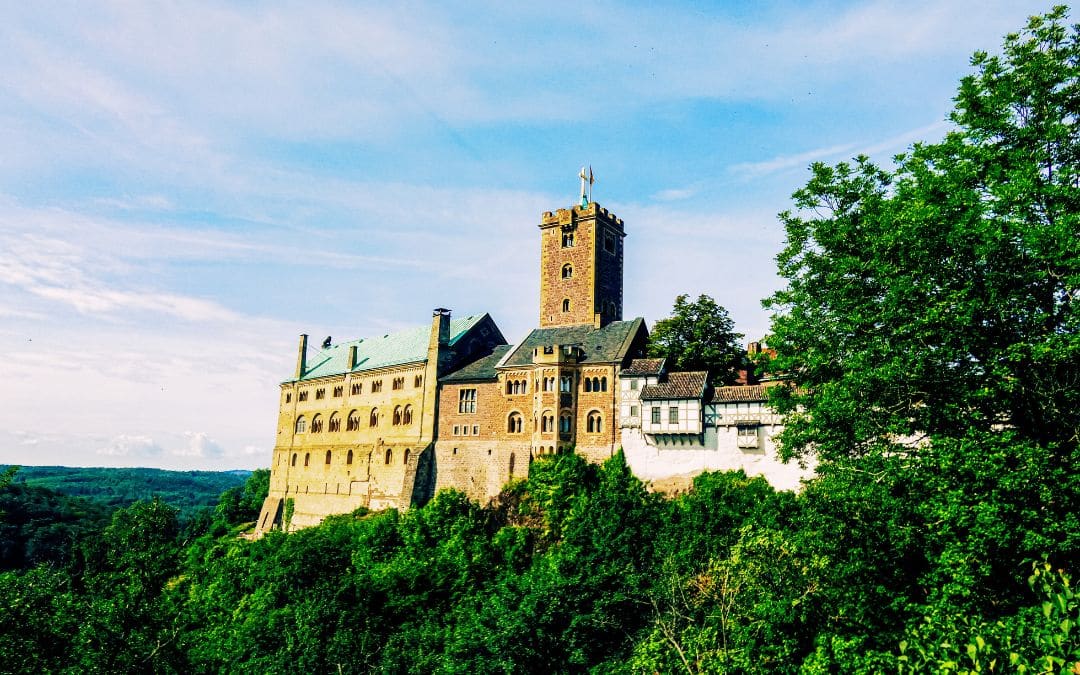
In the 19th century, in the course of the Rhine Romanticism Many destroyed castles were given a new lease of life. Aristocrats bought up ruined castles on the Rhine and had them rebuilt by renowned architects in the neo-Gothic style. One example of this is Rheinstein Castle: Prince Friedrich of Prussia bought the ruins of Vatzburg Castle in 1823, had it rebuilt according to plans by Karl Friedrich Schinkel and Johann Claudius von Lassaulx and gave it a new name Rhine stone and made it his summer residence. In 1975, the Hecher family saved it from being sold to an Indian sect and renovated it at great expense.
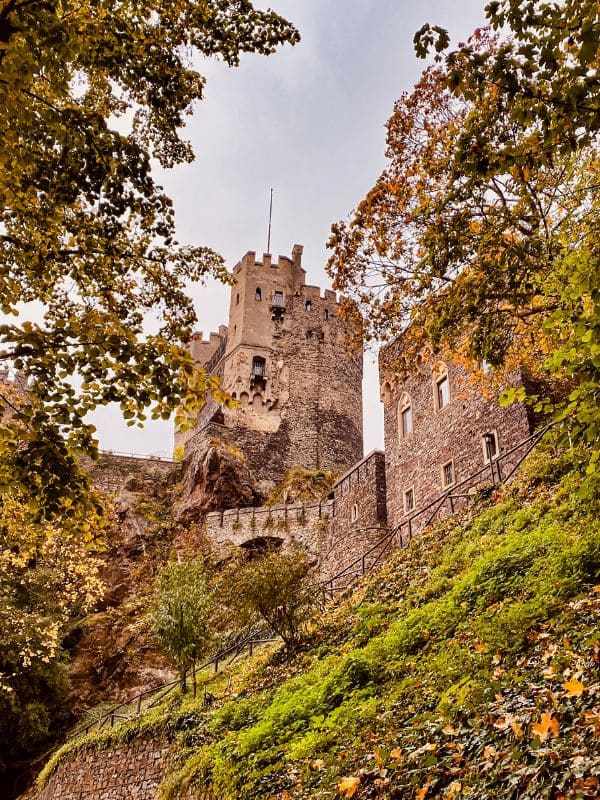
And why is now Neuschwanstein not a castlealthough it looks like it? It was built in the 19th century by order of King Ludwig II of Bavaria and served as a royal residence, not a defensive structure. You may have already visited Neuschwanstein and know that the living quarters are quite luxurious. Ludwig II wanted to create his own fairytale world here - he was a kind of Michael Jackson of the 19th century. The king had the palace designed by stage designers from 1869. They were commissioned to design the inner courtyard as a backdrop for the first act of Wagner's opera Lohengrin. Ludwig wanted his private, habitable theater set in the style of a medieval knight's castle. Together with three other Ludwig castles, this "built dream" has been a UNESCO World Heritage Site since 2025 The fairytale castles of King Ludwig II in Bavaria.
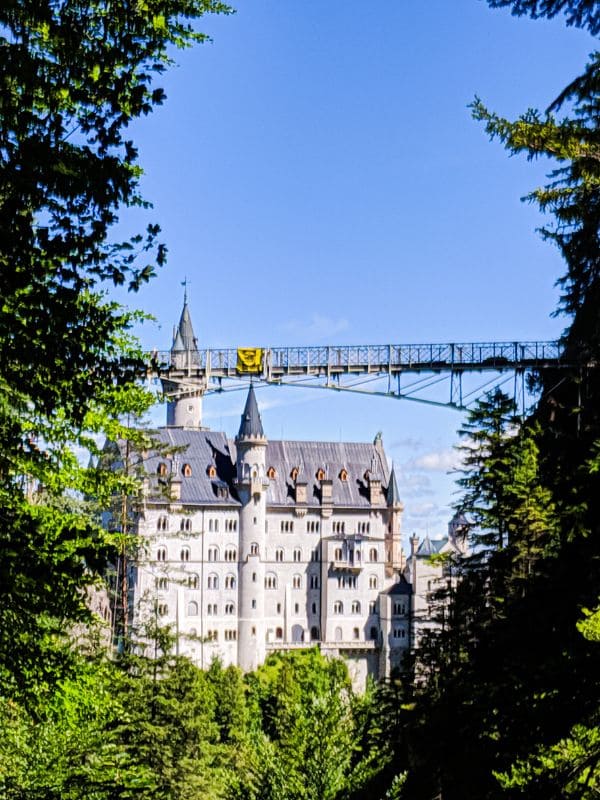
Palaces (the German "Schloss"): Symbols of Aristocratic Power
Palaces represent the magnificent residences of the nobility and symbolized the power, wealth and cultural sophistication of their builders. With the invention of firearms, castles, which combined defensive and residential functions, became less important and could no longer meet the needs of modern rulers for comfort and representation. Castles were therefore no longer designed as defensive structures like fortresses, but as representative residences. In contrast to castles, they were often built in flatter areas in order to better showcase their beauty and splendor.
During the Renaissance and Baroque periods, European rulers expressed their architectural ambitions and status by building opulent palaces. A prime example is the Palace of Versailles of the "Sun King" Louis XIV, which was the model for many European palaces.
One important German palace is Sanssouci in Potsdam, which is often referred to as the "Prussian Versailles" and is a UNESCO World Heritage Site Palaces and Parks of Potsdam and Berlin* is. The rococo palace is a masterpiece by Georg Wenzeslaus von Knobelsdorff, who designed it for Frederick II. "Old Fritz" was actively involved in the planning, as he wanted a residential palace that suited his personal needs. He wanted to spend the summer months here and pursue his artistic interests. The harmony between art and nature was important to him, which is reflected in the location and design of the castle on the height of the vineyard terraces.

Famous palaces are an important part of our cultural heritage, but are often also symbols of the megalomania of absolutist rulers. Neuschwanstein Castle, , often referred to as the "fairytale castle", is an outstanding example of 19th century historicism and the eccentric dreams and extravagance of King Ludwig II of Bavaria. And as you can see now, it is in fact a palace, not a castle although it looks like one. It impresses visitors with its fairytale appearance, ornate interiors and spectacular location in the Bavarian Alps.
Palast, Palais, Palazzo: Grand Residences of the Powerful
Paläste (German), Palazzi (Italian) or Palais (French) are magnificent residences that often still represent the power and wealth of kings, presidents and other high-ranking personalities. Most other languages use only one term ("palace" in English) for what the German language has two words ("Schloss" and "Palast". The palaces' architecture is characterized by generous dimensions, magnificent facades and ornate decorations. The extensive gardens and parks that usually surround them serve as an impressive backdrop.
The word "palace" comes from Latin and has its origins in the Latin term "palatium". It originally referred to the Palatine Hill in Rome, where the imperial palace was located. Over time, the term "palatium" became a generic term for royal or representative residences and was adopted in many languages. In the Middle Ages, the Palas the residential building of a castle. The royal or imperial palace was a representative residence of the ruler, who often traveled around with his court and lived in the various palaces from time to time. The terms castle and palace often overlap. In English, there is only one term for both buildings - "palace", while in Italy there is the "palazzo" and in France the "palais". In Germany, many palaces from the Baroque period are also called palaces (e.g. the Neues Palais and the Marmorpalais in Potsdam), as French was the preferred language at the royal courts.
In many European countries, palaces are residential and representative buildings in cities, while castles are often, but not always, located in the countryside.
Since the French Revolution, representative public buildings that are not occupied by aristocrats or rulers have also been referred to as palaces. For example, there are palaces of justice or sports palaces in many cities.
One example of a German palace is the Würzburg Residence, since 1981 Part of the UNESCO World Heritage. Prince-Bishop Johann Philipp Franz von Schönborn was an absolutist ruler par excellence who wanted to express his power through the size of his residence. In 1719, he appointed the young, highly talented Balthasar Neumann and commissioned him to design his new residence. In collaboration with famous artists and architects from various European countries, he created one of the most important Baroque palace complexes in Europe.
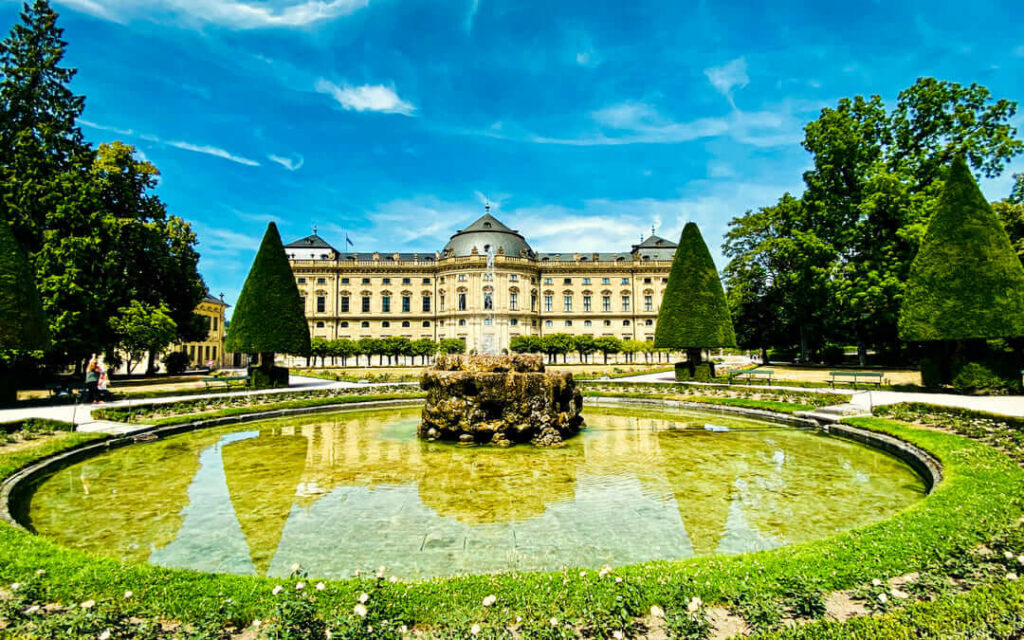
(with kind permission of the Bavarian Palace Department)
Würzburg Residence Info
Address: Residenzplatz 2, 97070 Würzburg
Opening hours: April - October daily 9 a.m. - 6 p.m., November - March daily 10 a.m. to 4:30 p.m.)
Admission: regular 9 €, reduced 8 €; free access to Hofkirche and Hofgarten
Recommendation: I highly recommend the very informative guided tour (in German every 20 minutes, in winter every 30 minutes; in English daily at 11 am and 3 pm).
Castles and Palaces as a Mirror of History
Exploring castles, palaces and palaces in Germany promises not only an insight into the fascinating history of the country, but also a journey through the architecture, ruling structures and lifestyle of the respective era. These historic buildings are living testimonies to the past, where you can embark on an exciting journey of discovery.
Castles, with their massive walls and imposing towers, are inextricably linked to the need for defense against enemy attacks in the Middle Ages - they were designed as defensive structures. Castles, on the other hand, embody an era in which nobles and monarchs flaunted their influence and status through magnificent residences. Like castles, palaces illustrate the opulent splendor and wealth of those who had them built as symbols of their power, without having to think primarily of defensive measures. The terms "castle" and "palace" are often used interchangeably today, with the castle tending to have aristocratic builders, while a palace can also be the residence of non-aristocratic dignitaries such as bishops or presidents.
The differences between castles, palaces and palaces often cannot be clearly defined, but lie mainly in their architecture and function, as well as in their historical significance and cultural symbolism. All of these buildings tell us unique stories and help us to understand how a country became what it is today.
With this in mind, many castles, palaces and palaces in Germany are worth a visit - not just Neuschwanstein!
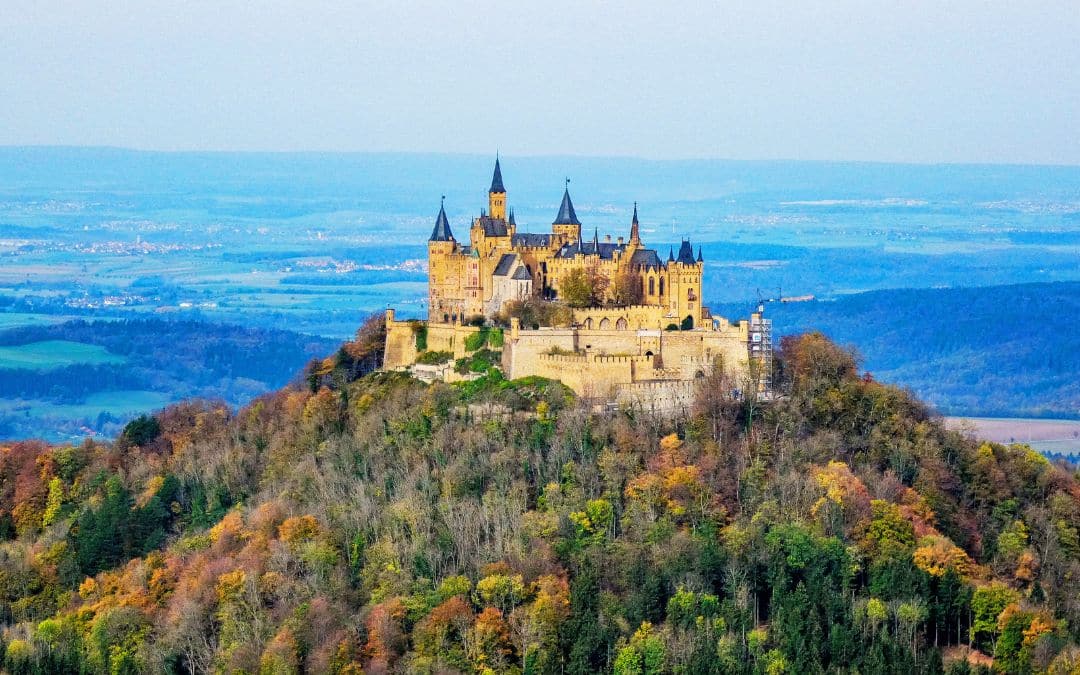
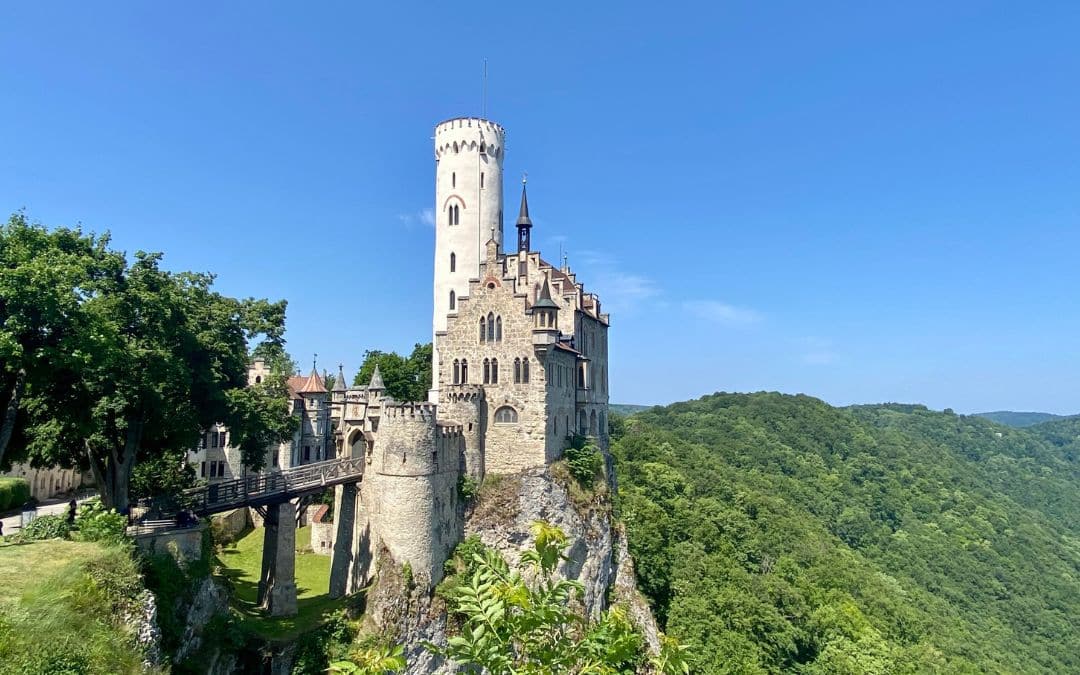

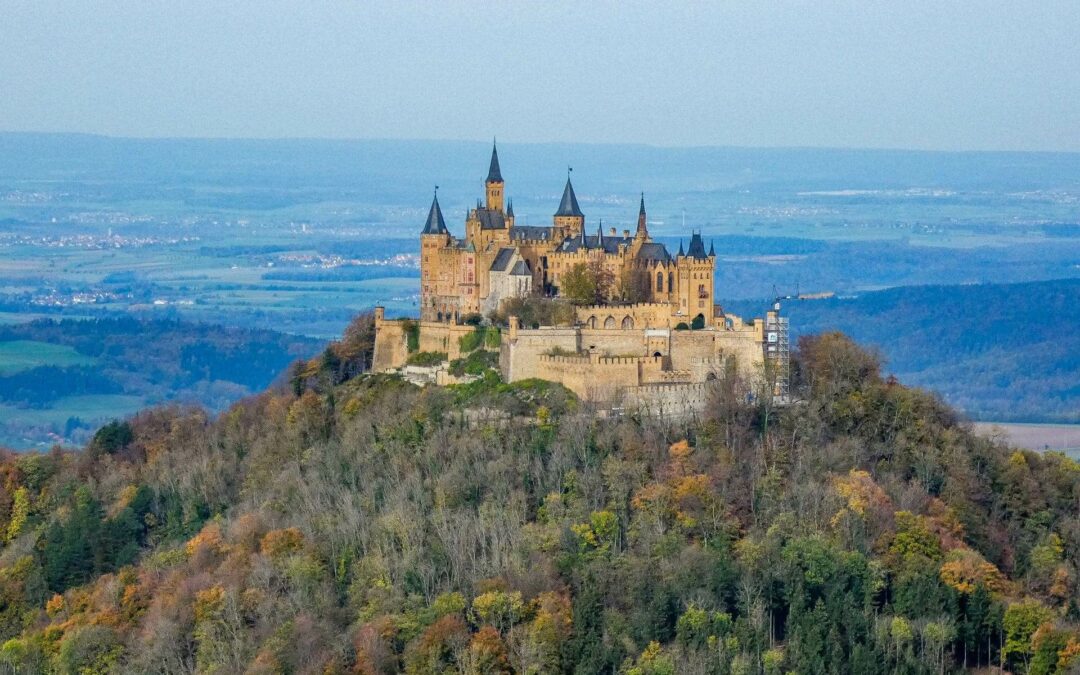
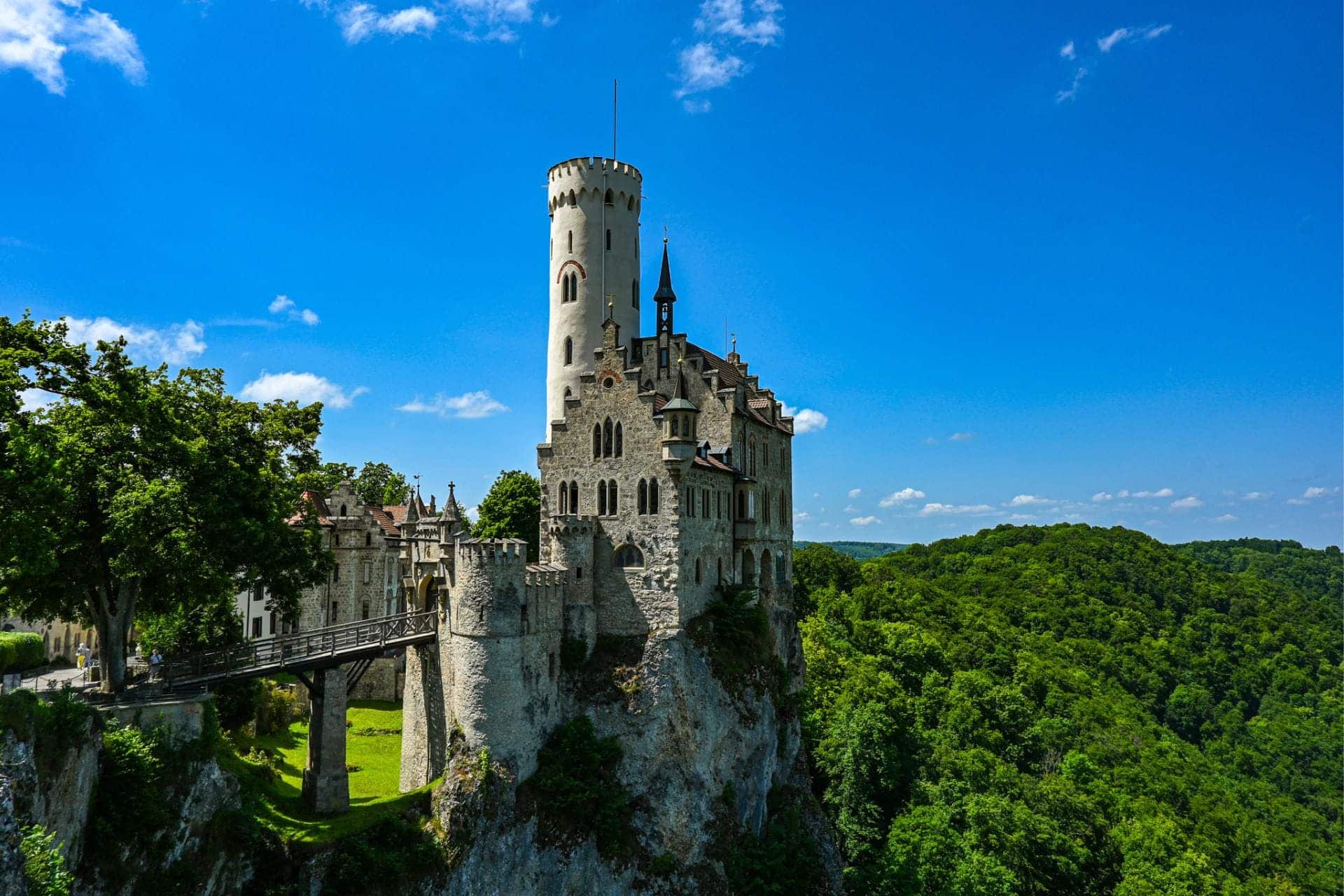


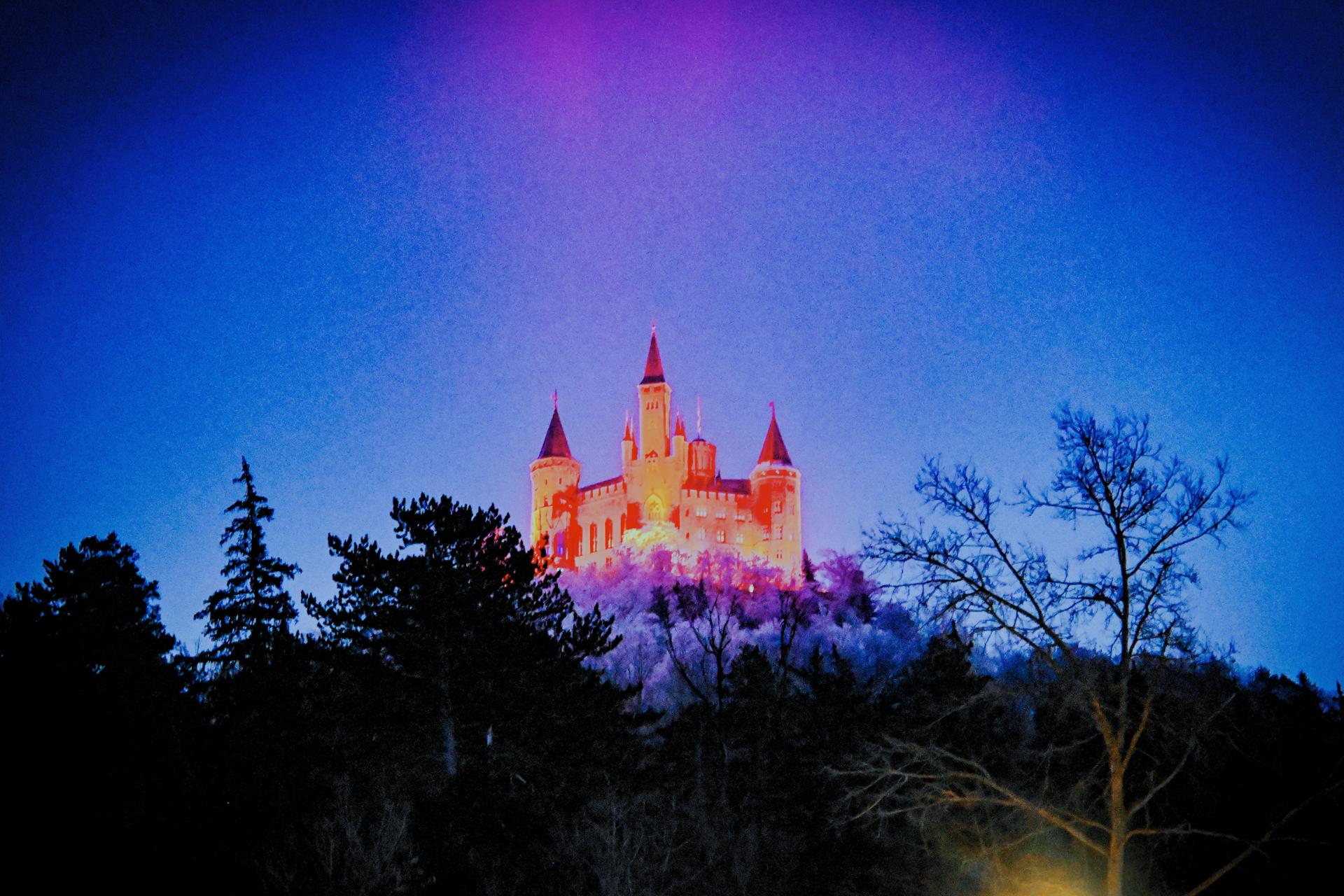
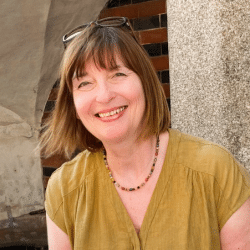
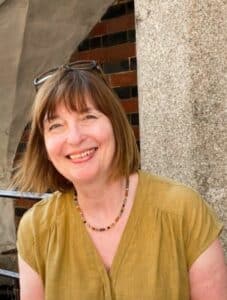
What a great article and insight into the differences between the various buildings. Thanks for the great excursion into this topic!
Dear Silke,
I'm delighted that you enjoyed my article. It was also very interesting for me to write the article because I was able to clarify my own questions during the research 😅
Warm regards
Angelika
Dear Angelika, this is a very comprehensive and interesting article. I find the differences very exciting.
Comparing Michael Jackson to King Ludwig is cool.
It makes me want to go on a voyage of discovery.
Best wishes from Anita
Dear Anita,
Thank you very much for your kind comment. I'm glad you like my post and that it inspires you. There is so much to discover in our beautiful country😍
Warm regards,
Angelika
Dear Jutta,
Lichtenstein Castle really is a beautiful and worthwhile destination. It's great that my post has inspired you. The whole area is wonderful - I can only recommend it to you! Thank you so much for your lovely comment.
Best wishes and a good start to the new week!
Angelika